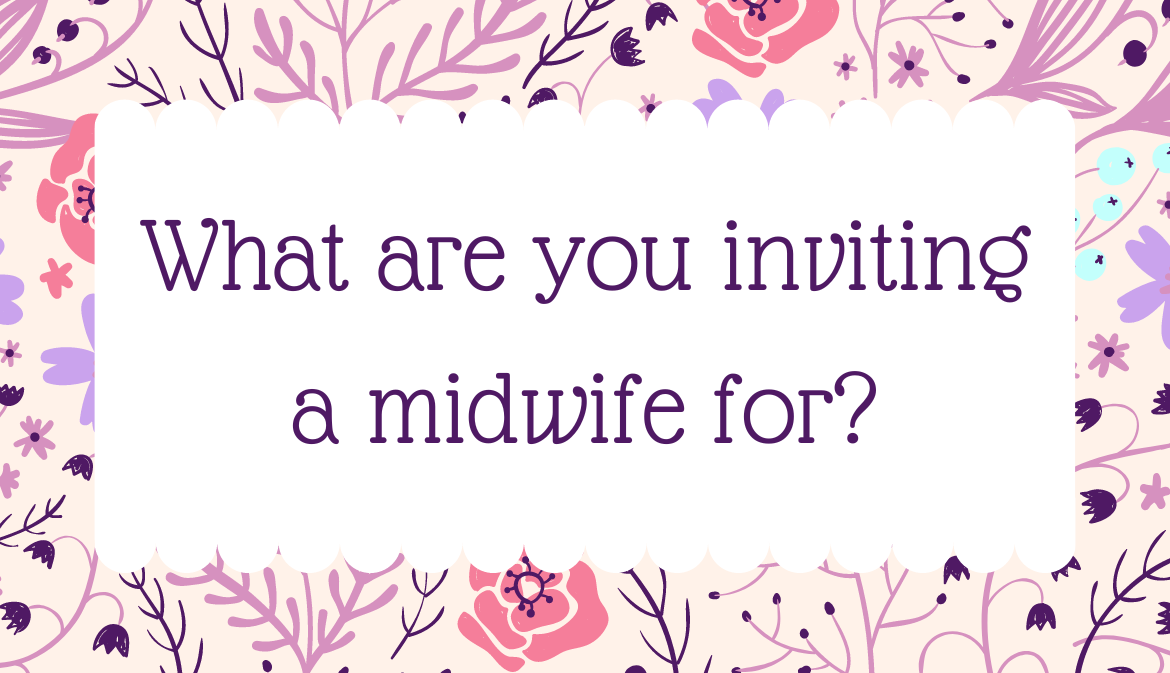We aim to send out a newsletter each month to let you know what we’ve been up to and what is coming up! We’re also always open to submissions.
What are you inviting a midwife for?
If you answer the above questions and have a long list of reasons why you want a midwife to attend…

